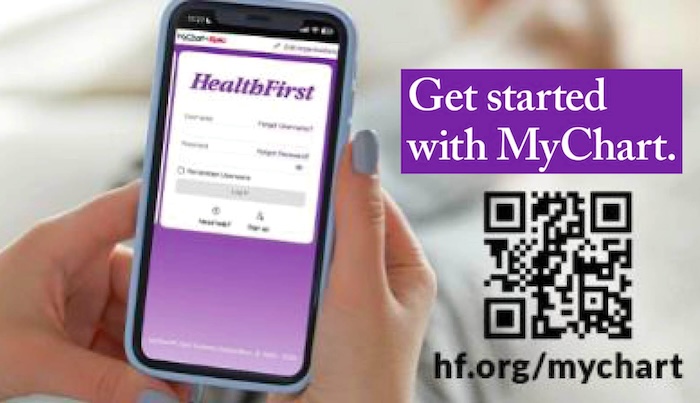How to Resolve the Bounce Rates in Email Marketing Campaigns
By Space Coast Daily // November 22, 2021

In email marketing, bounced emails are quite common. But if the email bounce rate is too high, it may adversely affect your overall email deliverability. On the other hand, keeping email bounce rates in check will considerably increase the click-Through and open rates of your email marketing campaigns.
By resolving email bounce rates, you can ensure smooth communication and a healthy relationship with your subscribers.
What is the email bounce rate?
Email bounce rate is defined as the percentage of returned emails out of the total emails you sent. Such bounced emails are equivalent to emails that you do not send at all. A lower email bounce rate indicates that more of your emails get landed in your audience’s inbox, and a higher bounce rate means that a large number of your emails are not delivered successfully.
Technically,
Email bounce rate = (Number of bounced emails / Number of delivered emails) X 100
For example, if you had sent 2000 emails, but 10 of them are bounced back, your email bounce rate is calculated as below:
Bounce rate = (10 / 2000) X 100 = 0.5%.
Soft bounce vs hard bounce
Email bounces are of two kinds:
Hard email bounce: it refers to a permanent delivery failure. It includes situations like an invalid email address to which you are sending your emails, an email account that is not used for a long time, and outdated domains. In hard email bounce, your emails will never reach your recipient(s).
Soft email bounce: Here, the email delivery failures are temporary. The subscribers’ inboxes may be full and are unable to receive new emails. Or your email is very large to get delivered. Such small sender/receiver issues may result in soft email bounces.
In this article, we will explore some of the effective ways to keep your email bounce rate down to ensure the optimal performance of your email marketing campaign.
Clean your subscribers’ list
Your subscribers’ email list may become unclean with inactive email accounts, and problematic recipients and regular cleaning are required to keep your email list updated, current, and valid. An active, healthy, and clean email list will reduce bounce rates considerably.
■ Remove inactive users from your email list.
■ Remove subscribers who have never opened your emails lately.
■ Conduct a retargeting campaign to identify email accounts that are not in use.
■ Identify and remove people who are interested in receiving your emails from your email list.
Segment your subscribers’ list
Email list segmentation ensures that your recipients get the information they need only and not any unnecessary and irrelevant information that they do not want. In addition, this approach reduces the chances of users blacklisting your emails and sending them directly to the spam folder.
Engagement-based subscribers’ segmentation is an effective way to reduce bounce rates. For example, you can send more emails to most active recipients and send a smaller number of emails to less-active recipients.
You can improve your engagement rates by sending more emails to people who welcome your emails eagerly. Thus the overall performance of your email marketing campaigns will get a significant boost.
Engagement-based audience segmentation enables you to roll down retargeting campaigns to re-engage silent subscribers. Thereby your email bounce rate will decrease considerably.
Use double opt-ins
You can save yourself from sending emails to inactive email accounts by making your audience go for double opt-in.
Here a confirmation email is sent to subscribers who have signed up for your emails, and they will get included in your email list only if they click the confirmation button.
This initial confirmation obtained by double opt-in ensures that the email address is correct, valid, and used.
Sign up form with Google Captcha
The use of a good captcha system in your sign-up form will eliminate spam accounts and bots from getting enlisted in your users’ list. In addition, this strategy will ensure that only real persons can sign-up for your email subscription.
Companies offering pertinent email marketing management services can help you incorporate the captcha feature in your sign-up form, strategically and efficiently.
Stick with Relevant opt-ins
Your opt-ins must be relevant and of value to your customers. Your offerings can be a demo, eBook, checklist, or a free reward that will eventually push your email readers close towards making a product purchase.
Hyper-focused opt-ins help you engage your target audience better. If your audience finds your email content relatable, they will share active email address details without much ado and invite your emails with open arms.
Ask your audience for email address changes.
It is quite common that email addresses change over time, and it is wise to ask your audience about the changes in their details. For example, they may land in a new job and subsequently may have a different email id.
Regular and frequent checking with your subscribers for information updates will keep your email list clean. In addition, such encouraging participation from your audience will improve your email bounce rate and email deliverability to a great extent.
Final words
Email bounce rate is an important performance metric that impacts the ROI from your email marketing campaigns heavily. You must take all essential efforts to keep the bounce rate as minimum as possible.












